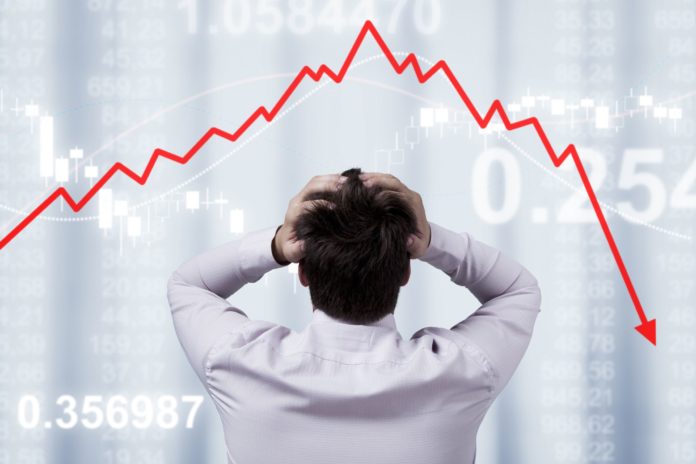Stocks got rocked today after Powell delivered a hawkish message from Jackson Hole. The Dow, S&P, and Nasdaq Composite all plunged, ripping the market back into bear territory following yesterday’s big rally.
“While higher interest rates, slower growth, and softer labor market conditions will bring down inflation, they will also bring some pain to households and businesses,” Powell said to open his speech.
“These are the unfortunate costs of reducing inflation. But a failure to restore price stability would mean far greater pain.”
He then reminded investors that the Fed remains committed to bringing inflation down to target.
“We are moving our policy stance purposefully to a level that will be sufficiently restrictive to return inflation to 2%,” Powell explained.
“Restoring price stability will likely require maintaining a restrictive policy stance for some time. The historical record cautions strongly against prematurely loosening policy.”
Following this, Powell referenced former Fed Chairman Paul Volcker’s economy-strangling rate increases of the late 70s/early 80s that were required to defeat inflation. Powell didn’t mention Volcker to say that he’s going to uncork a series of similar hikes, but that the Fed must act swiftly to avoid a 70s-like inflation level that necessitates extreme shifts in monetary policy.
“We must keep at [lowering inflation] until the job is done,” Powell said.
“History shows that the employment costs of bringing down inflation are likely to increase with delay, as high inflation becomes more entrenched in wage and price setting. The successful Volcker disinflation in the early 1980s followed multiple failed attempts to lower inflation over the previous 15 years. A lengthy period of very restrictive monetary policy was ultimately needed to stem the high inflation and start the process of getting inflation down to the low and stable levels that were the norm until the spring of last year. Our aim is to avoid that outcome by acting with resolve now.”
Early volatility during Powell’s speech gave way to a vicious selloff that saw the S&P take out its weekly low, completely erasing yesterday’s big gain while almost engulfing the past four daily candlesticks.

Following an engulfing candlestick, traders can usually find trading opportunities when either the high or low of the engulfing candlestick is taken out. In this case, though, it’s highly unlikely that the high will be eclipsed next week. September has also historically been a very bad month for bulls.
Coupled with the market’s response to Powell’s speech, all arrows are pointing down right now except for the stochastic indicator, which shows that the S&P is oversold. But that doesn’t mean much in the middle of a downtrend, which technically began on Monday after the S&P closed below the 10-day moving average on Friday.

That’s also true for the iShares Russell 2000 (as represented by the IWM), which triggered a short position back on Monday as well. The index then rallied until today, when it was crushed by Powell’s speech.
What’s attractive about the Russell 2000 for bulls is that it tends to do worse than the S&P during selloffs. Because the index is made up almost entirely of US-based stocks, it gets hurt more by US economic strife. That makes it a potential overachiever should today’s selloff intensify (it probably will).
For those reasons, it might make sense to take the Russell 2000 short with a trade trigger at $190.52, around the current price at the time of writing, as stocks approach a seasonably weak time of the year for equities.








